Lobular pneumonia season is high
I went to the clinic today and diagnosed four children with lobar pneumonia. Two of them I watched on the weekend. Both of the children had fever or cough. The lung auscultation did not hear the typical small and medium wet rales. After routine treatment, the results were not good. Under my recommendation, the parents agreed to have a chest X-ray. Finally diagnosed as "lobular pneumonia".
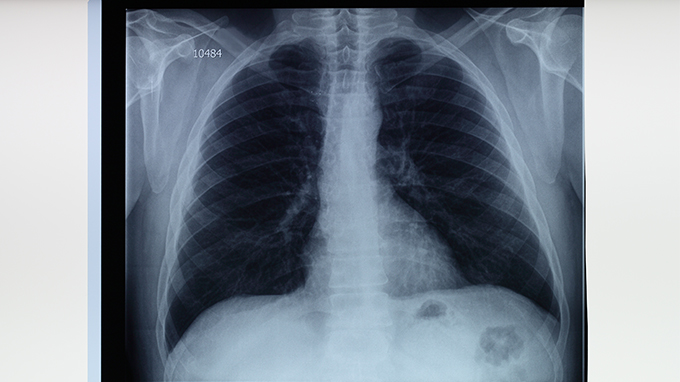
I was in my outpatient clinic for two days last weekend. I have received more than 200 children in the outpatient clinic. Most of them have fever and cough. To date, nearly 10 children with "lobular pneumonia" have been diagnosed.
Since the beginning of November in our province, the temperature has fluctuated significantly, especially in the recent dry, dry, hazy weather. The sudden temperature surprises the children''s health, especially for children with sensitive children who are relatively weak in resistance. The body is even more vulnerable, with colds, wheezing bronchitis, pneumonia and so on.
In fact, from October to April of the next year is the high incidence period of pneumonia. The prevalence of pneumonia has changed greatly in recent years. Pediatric severe pneumonia and lobar pneumonia are increasing year by year, and this year is more. Parents need to be vigilant.
In memory, in the past 5 years, lobar pneumonia, which was extremely rare in children in the past, has risen sharply, and the incidence is quite high. Every time this season, children with severe pneumonia and lobar pneumonia show an increasing trend. The beds of the respiratory system are always full, and it is difficult to find a bed. In the past, pediatric pneumonia was mostly lobular pneumonia such as bronchial pneumonia and bronchiolitis, and lobar pneumonia was rare.
How do you cause lobar pneumonia? In fact, any bacteria can cause lobar pneumonia, such as mycoplasma, streptococcus pneumoniae, hemolytic streptococcus and so on. Lobar pneumonia is an acute inflammation mainly caused by diffuse cellulose exudation in the alveoli. The onset is more acute. The lesion begins in the local alveoli and quickly spreads to a lung segment or the entire large lobe. Children may show high fever, usually above 39 degrees; severe cough, some children have dry cough, some cough with sputum; cold, anorexia; drowsiness, poor mental state; some children have nausea, vomiting, Diarrhea and other gastrointestinal reactions; there are also individual children with atypical symptoms and long-term cough. Severe children may have difficulty breathing or even septic shock.
There are five lung lobes in our body. Lobar pneumonia is a lesion of the entire lung lobe, and it is often accompanied by pleurisy and pleural effusion. If not treated in time, it will be life-threatening. Necrosis and liquefaction of the affected lung tissue can form a lung abscess. When the pleural lesions are severe, it can develop into cellulose purulent pleurisy or even empyema. If the inflammation is not cleared in time, it can be organised, and finally the bronchus is blocked, causing atelectasis. When a child develops atelectasis, they often have shortness of breath and limited activity.
lobular pneumonia is diagnosed and requires hospitalization. The treatment of lobar pneumonia is mostly conservative therapy, and most children need to be hospitalized for more than half a month before they can be cured. Today, many large hospitals carry out bronchoscopy interventional therapy in pediatrics or otolaryngology. Through the nasal cavity of the child, they directly reach the lesion, and the sputum plug is directly taken out through the mirror, which fundamentally solves the disease and shortens the course of disease. Most children can Healed in one to two weeks. For children with atelectasis, bronchoscopy is also a very effective method.
Pneumonia is spreading. Many parents vaccinate their children in order to prevent pneumonia, but the vaccine can only prevent streptococcal infections, and the bacteria that cause pneumonia are diverse and unpredictable. The occurrence of pneumonia in children is related to the constitution and pathogens of children. Therefore, parents should avoid taking children to public places when the pneumonia is high. The home is often ventilated. If the weather is dry, give the child more water. Temperature changes in time to increase or decrease clothing, supplement vitamins, reasonable nutrition. If the child does have poor health and has repeated asthma or pneumonia, it is not recommended to go to kindergarten this season.
Because of the rapid onset of pneumonia, once the child has fever, long-term cough, headache or mental insufficiency, he should go to a regular hospital in a timely manner and perform chest radiography-related examinations to achieve early detection and treatment to avoid missing the best The timing of treatment.
Related Articles
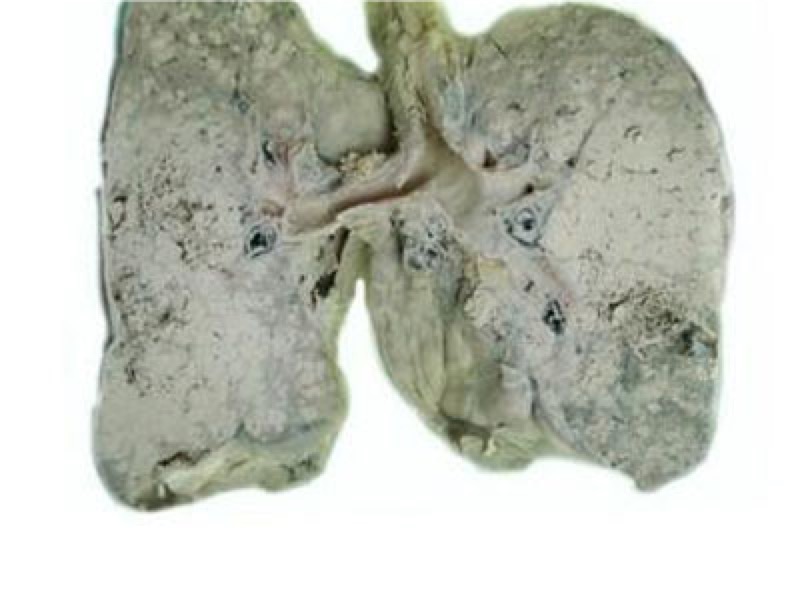
- Early symptoms of lung cancer
- 2020-12-17

- Symptoms of rhinorrhea
- 2020-12-17
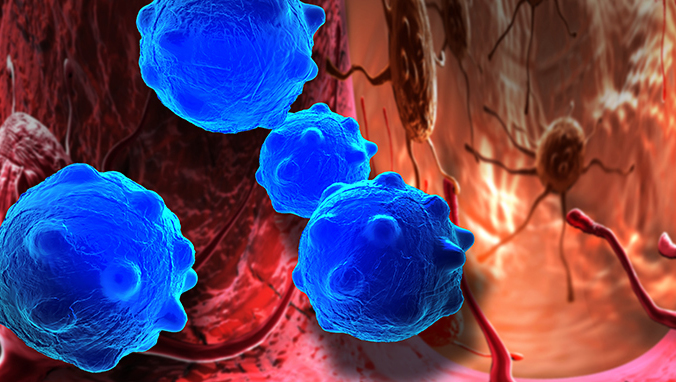
- First-line chemotherapy for squamous cell carcinoma
- Squamous cell carcinoma is abbreviated as squamous cell carcinoma, also known as epidermal carcinoma. It is a malignant tumor that occurs in epidermal or accessory organ cells. Cancer cells
- 2020-08-02

- Dietary coup for winter cough
- The winter in the north is quick to say. When the northwest wind blows down the last autumn leaf, the dry winter begins. The most common health problems in winter are upper respiratory trac
- 2020-08-02
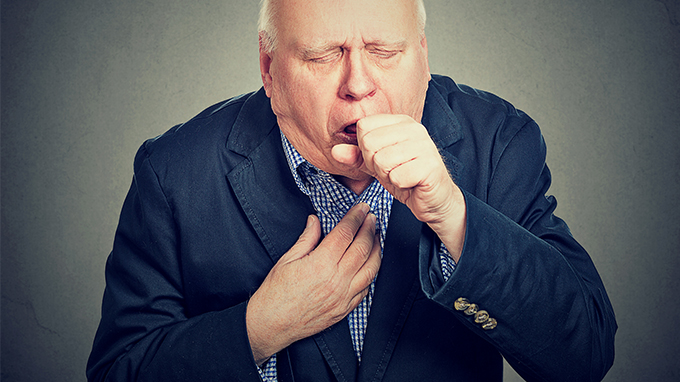
- Get rid of asthma freely (1)
- Asthma is one of the most common chronic respiratory diseases worldwide, and the incidence is increasing year by year, especially among children. Due to various reasons, in our country, esp
- 2020-08-02
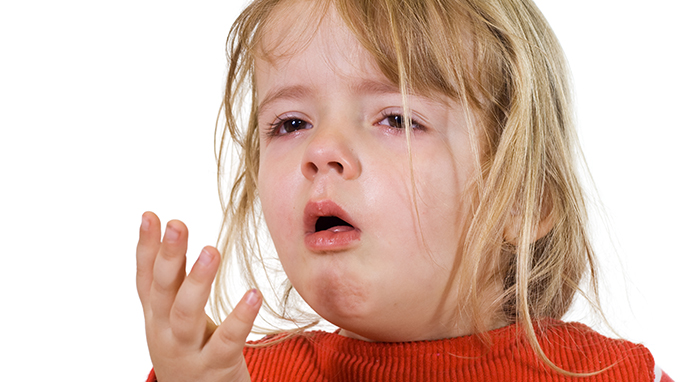
- Get rid of asthma freely (2)
- Basic articles 1. How to detect pediatric asthma early
- 2020-08-02
